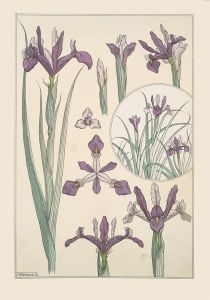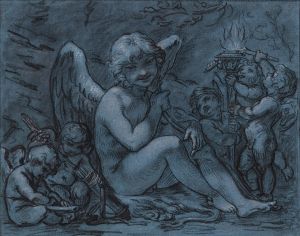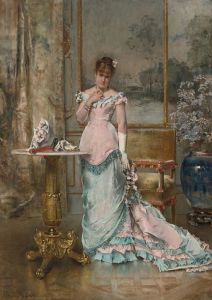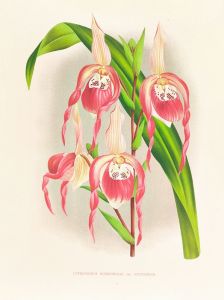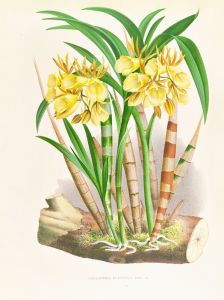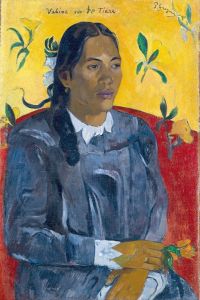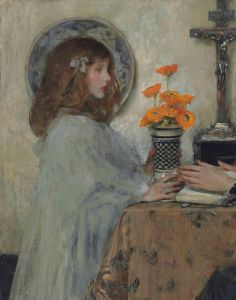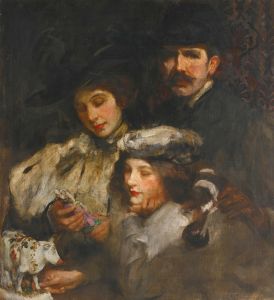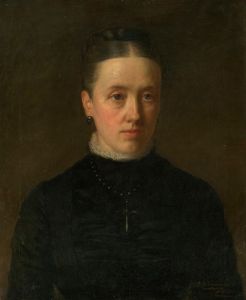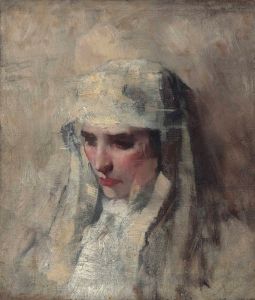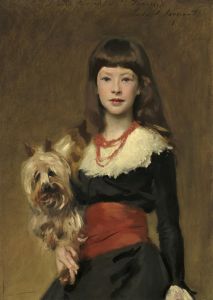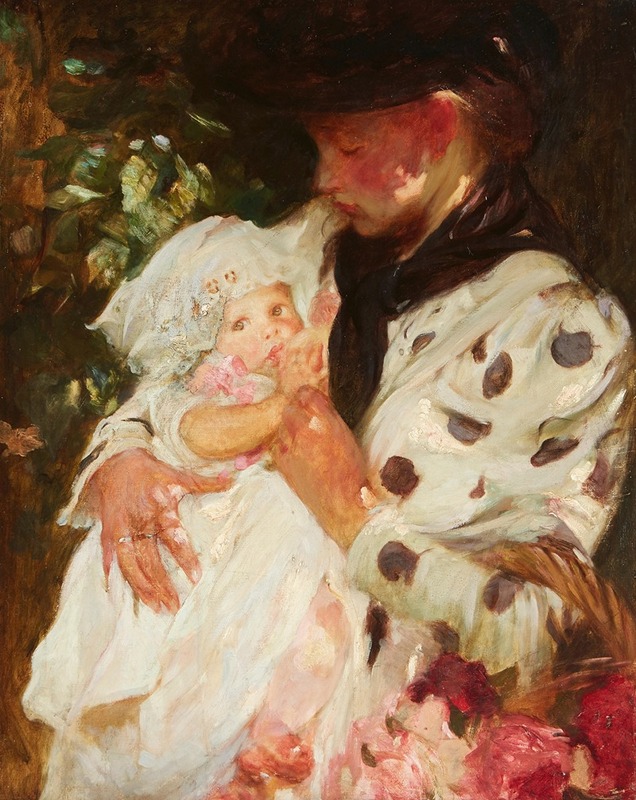
The Flower Girl
A hand-painted replica of James Jebusa Shannon’s masterpiece The Flower Girl, meticulously crafted by professional artists to capture the true essence of the original. Each piece is created with museum-quality canvas and rare mineral pigments, carefully painted by experienced artists with delicate brushstrokes and rich, layered colors to perfectly recreate the texture of the original artwork. Unlike machine-printed reproductions, this hand-painted version brings the painting to life, infused with the artist’s emotions and skill in every stroke. Whether for personal collection or home decoration, it instantly elevates the artistic atmosphere of any space.
"The Flower Girl" is a painting by the Anglo-American artist Sir James Jebusa Shannon, who was a prominent portrait painter in the late 19th and early 20th centuries. Shannon was born in Auburn, New York, in 1862 and moved to England at a young age, where he would spend most of his career. He became known for his elegant and refined portraiture, often depicting women and children with a sense of grace and sensitivity.
"The Flower Girl" exemplifies Shannon's skill in capturing the delicate beauty and innocence of his subjects. While specific details about the painting's creation, such as the exact date and the identity of the model, are not widely documented, it is consistent with Shannon's broader body of work, which often focused on themes of femininity and youth.
Shannon's technique is characterized by a soft, almost impressionistic approach to brushwork, which can be seen in "The Flower Girl." The painting likely features a young girl, possibly holding or surrounded by flowers, rendered with a gentle palette that highlights the subject's youthful charm and the natural beauty of the flowers. This approach aligns with the aesthetic preferences of the late Victorian and Edwardian periods, during which Shannon was most active.
Throughout his career, Shannon was associated with the Newlyn School and was influenced by the broader Aesthetic Movement, which emphasized beauty and visual harmony. His works were well-received in his time, and he exhibited regularly at the Royal Academy of Arts in London. In 1922, Shannon was knighted for his contributions to art, further cementing his reputation as a leading portraitist of his era.
"The Flower Girl" reflects Shannon's ability to blend realism with a touch of romanticism, creating images that are both lifelike and idealized. His portraits often convey a sense of narrative, inviting viewers to imagine the stories behind the serene expressions and elegant poses of his subjects.
While "The Flower Girl" may not be as widely recognized as some of Shannon's other works, it remains a testament to his artistic skill and his ability to capture the ephemeral beauty of youth. Shannon's paintings continue to be appreciated for their technical proficiency and their ability to evoke the cultural and aesthetic values of their time.
In summary, "The Flower Girl" by James Jebusa Shannon is a fine example of the artist's portraiture, showcasing his talent for depicting the grace and innocence of his subjects. Although specific details about the painting are limited, it remains an important part of Shannon's oeuvre and a reflection of the artistic trends of the late 19th and early 20th centuries.





